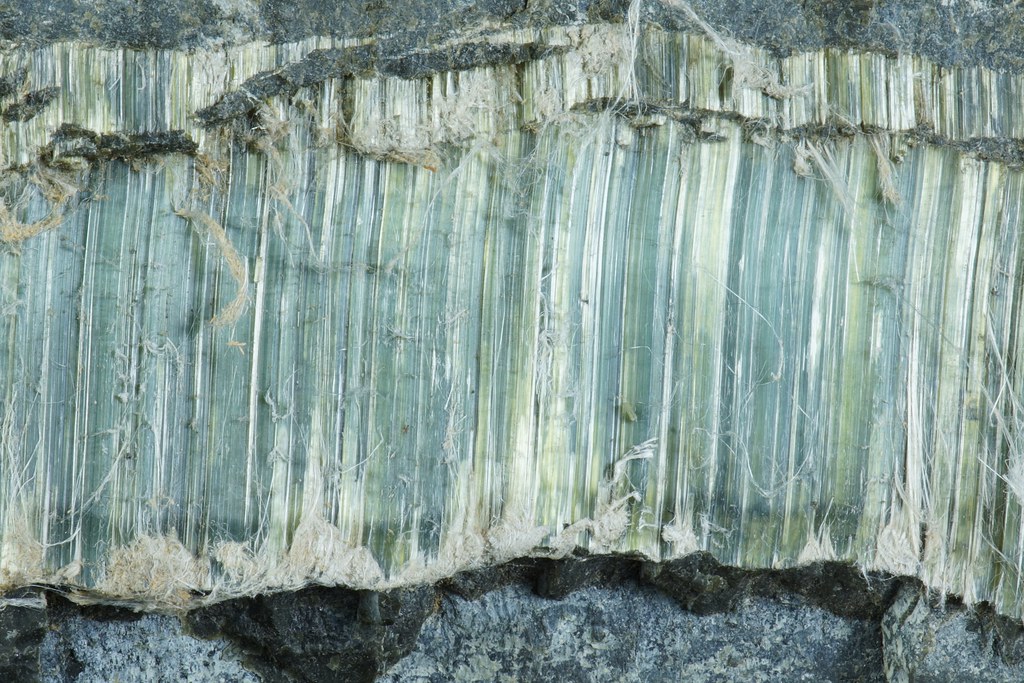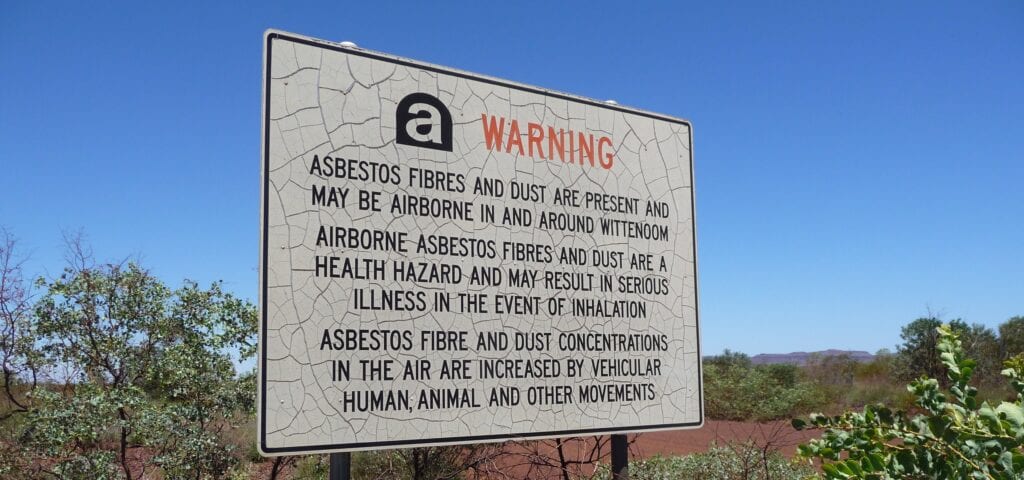Asbestos has long been the cause of fatal cancers and medical conditions throughout the United Kingdom. Though was wholly banned in 1999, it took nearly a full century for this to occur, thanks in part to the incredibly wide range of industrial and domestic uses of asbestos-containing-materials (ACM’s).
Across the globe it has been estimated by the World Health Organisation (WHO) that approximately 125 million people are annually exposed to asbestos in the work place. The popularity of asbestos is currently rising around the world, despite prompts to restrict or ban the material, mainly due to a growing need for affordable and easily mass produced building materials within developing nations.
Please find our guide to asbestos containing materials here.
What is asbestos?
Asbestos is a term used for the fibrous forms of several naturally occurring silicate minerals that have been exploited for their useful properties of high tensile strength, sound absorption, heat resistance and resistance to electricity and corrosive chemicals. These groups of minerals are made of silicon and oxygen and includes six different fibrous substances. These include Chrysotile (white asbestos), Amosite (brown asbestos), Crocidolite (blue asbestos), fibrous Actinolite, fibrous Anthophyllite and fibrous Tremolite.

The Mining Industry
Asbestos mines can be found all over the world. While most have closed down many of these mines still operate today, even in countries where the use of asbestos is banned. They export to developing countries were the need for affordable and easily mass produced building materials outweighs any dangers.
Russia
The world top leader in asbestos exports in 2013, was Russia by a large margin, with them shipping off around 618,037 metric tons in a year. Despite the fact that the country banned the amphibole type of asbestos in 1999, today it still supplies approximately 60 to 75 per cent of all asbestos used worldwide. High production numbers within the country stem mainly from the city Asbest, located in a remote section of Russia 900 miles northeast of Moscow. The city is home to one of the largest asbestos mines in the world, measuring approximately seven miles long, and one and a half miles wide. However this has taken its toll, with it now being titled ‘the dying city’ due to its high rates of mesothelioma caused by the significant exposure levels.

China
However, Russia is not the only country to have felt the effects of asbestos exposure on such a mass scale. It has been reported that Chinas annual death toll due to mesothelioma and related diseases could reach 15,000 by 2035. The countries manufacturers and builders depend heavily on the mineral, using it for roofing materials, walls, brake pads, gaskets and cloth. Despite this, China has begun to acknowledge the damaging effects, with some pushing for a complete ban on all forms of the mineral at the 2009 Asian Asbestos Conference.
Australia
Australia is yet another country that exhibits the damaging effects asbestos can have on a region, it has a long history of use and production of the mineral, reaching its peak levels in 1975 with it exporting an estimated 70,000 metric tons. However the toxicity of this production has rebounded on the country with devastating effects, nationally an estimated 18,000 people have died, but more specifically in the town of Wittenoom mining has lead to it being titled the area with the highest rates of mesothelioma in the world. The town was shut down in 1966, due to the low profits as well as the escalating concern over disease.

India
Despite the growing trend towards greater asbestos use, specific countries have begun to take into consideration the effects of asbestos. In India, the Ban Asbestos Network of India (BANI) has attempted to initiate a ban across the country displaying a growing awareness of the health and environmental implications associated with asbestos. It has been reported that Indian government officials support the industry because many of them state publicly that the mineral is not toxic, or at least not toxic under certain levels of exposure. The construction industry in India continues to use ACM’s in housing, and in industrial and commercial buildings – guaranteeing a health crisis in years to come.
